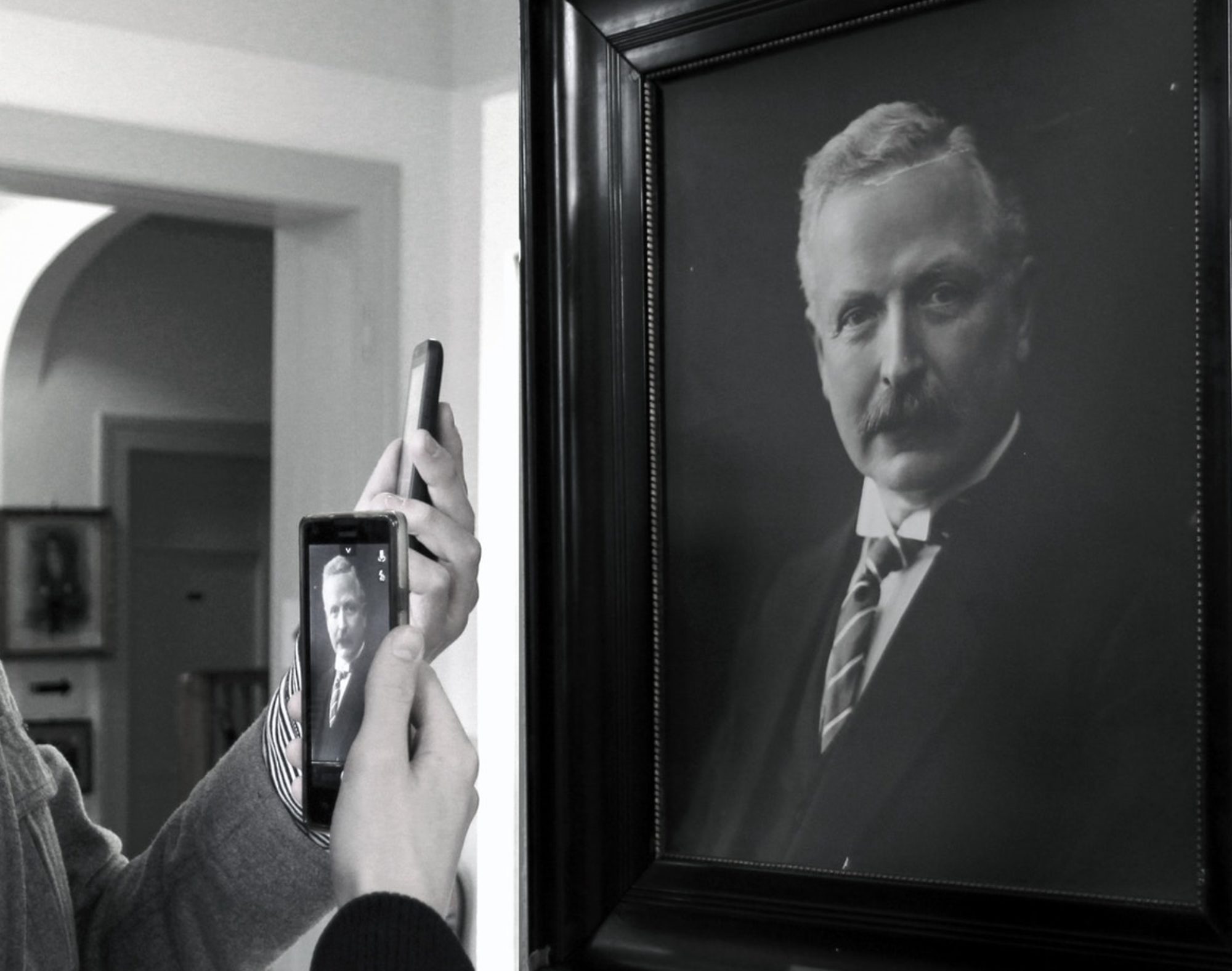July 4th, 1776 marked a turning point. No longer was this conflict just a struggle for rights between British citizens in the American colonies and the crown – on this day, Thomas Jefferson and his fellow committee members convinced the rest of the Continental Congress to formally approve “The unanimous Declaration of the thirteen United States of America.”
But signing a Declaration of Independence from the most powerful empire on earth was merely the beginning of an incredibly dangerous endeavor that could have easily ended at the gallows for all involved. Indeed, the fledgling United States of America still had to face seven more years of war, near bankruptcy, and its very first foreign military engagement (for more on this last point, I highly recommend Don Yaeger’s book Thomas Jefferson and the Tripoli Pirates: The Forgotten War That Changed American History).
So, how did this new nation weather these trials and emerge as the country we would recognize today? America’s early leaders had a vision for the future worth fighting for, striving for, and dying for.
A vision, according to one definition from Dictonary.com, is “a vivid, imaginative conception or anticipation.” But, America’s leaders needed something more tangible than an “imaginary conception” that would inspire individuals to persevere through the hardship and sacrifice required along the road to the realization of the American dream.
The funny thing is, this strategy of motivating individual people to accomplish great things is the same one that the most successful companies employ.
SpaceX, for example, states unequivocally that its vision is “enabling people to live on other planets.” It is successfully working to accomplish this goal by drastically reducing the cost of launching rockets, thereby removing one of the most significant barriers preventing the human race from becoming a regularly space-faring species: financing the research and technological advances needed to turn that vision into reality. Fine, but why do we need to be a multi-planetary species? Well, according to Elon Musk, SpaceX CEO, this is the only real path to saving humanity.
The most important reason for a company to have an inspiring vision, however, is not to say it is changing the world (or taking us to other worlds). Indeed, the actual vision itself matters less than simply having a vision, a higher purpose.
Every company, cause, or country needs a vision because every individual involved wants his or her work and sacrifice (whether realized consciously or not) to have purpose and meaning. Only when the individuals that comprise the company or cause know why their effort is worthwhile can truly great results be achieved.
What does having a vision that motivates individuals within an organization look like in practice? To extend the space theme a bit further, there is a famous story of President John F. Kennedy asking a janitor at NASA in 1962 during the space race with the U.S.S.R. what he was doing. The janitor replied “well Mr. President, I’m helping put a man on the moon.”
The early leaders of the United States had a vision that “all men are created equal, that they are endowed by their Creator with certain unalienable Rights, that among these are Life, Liberty and the pursuit of Happiness. “ The individuals in the American colonies that bought this vision proved they were capable of a great achievement – a free republic that still stands today, 241 years later.
Want to lead a business to awesome financial results? Give your employees a cause to work toward – you may be surprised what a small group of people can achieve against extremely long odds when everyone knows why his or her work matters.
Adam F. Caplan is the product leader at a rapidly growing digital healthcare IT company.

